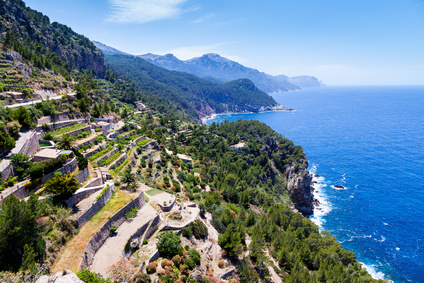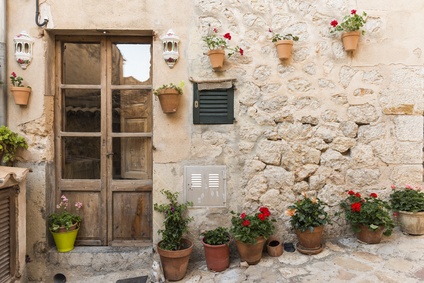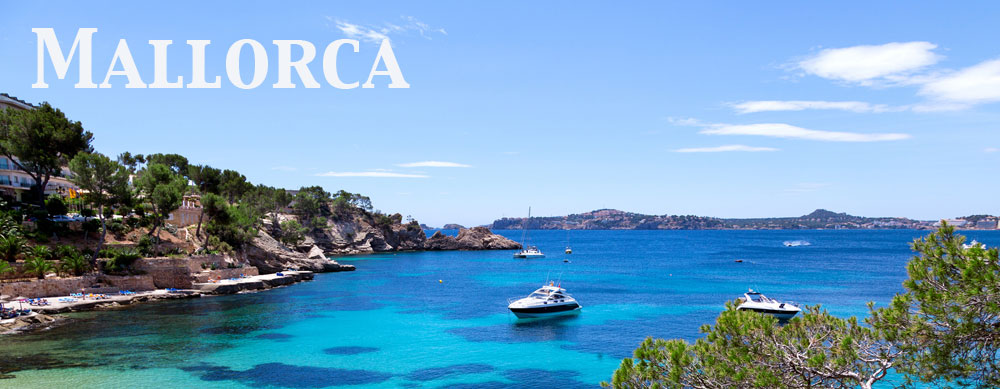MALLORCA OVERVIEW:
There is no greater source of pride for the new generations of Mallorcans than their landscape and their 554 kilometres of coast. Mallorca’s landscapes are so varied as to enthral the human eye. From the long sandy beaches of the southeast, crowned by the paradisiacal Es Trenc, to the cliffs that profile the Serra de Tramuntana, the island’s landscape is one of the aspects still given short shrift by those who have succumbed to the stereotyped image of sunshine, pool, sunbed and nothing else.
For example, the whole Serra de Tramuntana – the mountain range that runs the length of the island from north to south, hugging the sea and filling the horizon with an unparalleled play of colour – enjoys maximum environmental protection. Spectacular as the coast is, it would be unjust to forget the interior of Mallorca, an environment which, having largely escaped tourist development, possesses a singular charm.
CLIMATE:
In Mallorca the average annual temperature is 20C (68F). Winters are mild and summers, very warm.
GETTING THERE: 
Regular direct flights from all major UK airports from May to October.
ACCOMMODATION:
Given that Mallorca is an important centre for business in Spain as well as a popular holiday destination, there is a wide range of hotels of all categories and styles, from rustic haciendas to top-of-the-range, five star establishments.
CUISINE:
There are some 1,200 restaurants in Mallorca with a choice of every cuisine in the world but many of them serve typical Mallorcan dishes which features rice dishes, fish, pork and vegetables. A quintessentially Mediterranean diet.
 THEY SAY:
THEY SAY:
Mallorca has been a staple of the holiday brochures for many years. However, it is much more than sun, sea and sand. The island has some unique landscapes, fantastically elegant hotels with good meeting spaces as well as a handful of exclusive, boutique hotels.

